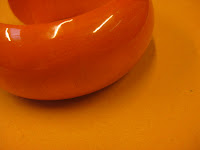20 facts about how to paddle a Canoe or Kayak
Visual language time line for education, inspiration, leeds college of art decisions
Then using the five main points from the 20 facts of How to paddle a Canoe, I made a visual language instructional time line to follow the swoop of a stroke the blade of the paddle makes when paddling, and the symbols representing the 5 main stages of a good paddling motion.
1. When paddling, a good posture is key to creating power and preventing injury.
2. Keep the top of the paddle straight, make sure it is not in front of your chest.
3. Keep the blade as close to the side of the boat as possible.
4. Hips and legs should provide most of the power to propel the canoe.
5. Don't try to pull the paddle through the water, but try and push the boat past the blade.
The symbol for posture, is a straight strong block, representing a good strong posture.
The arrow is to represent the top of the paddle being away from the body and vertical to the water.
The boat side shows the paddle should be close to the side of the boat.
The triangle represents the power that comes from using the back, hips and leg.
The water symbol represents that you should not try and pull the boat through the water but push the boat past instead.



















































